I Tested Four Amazing Camera Phones To Find The Best To Photograph Friends And Family
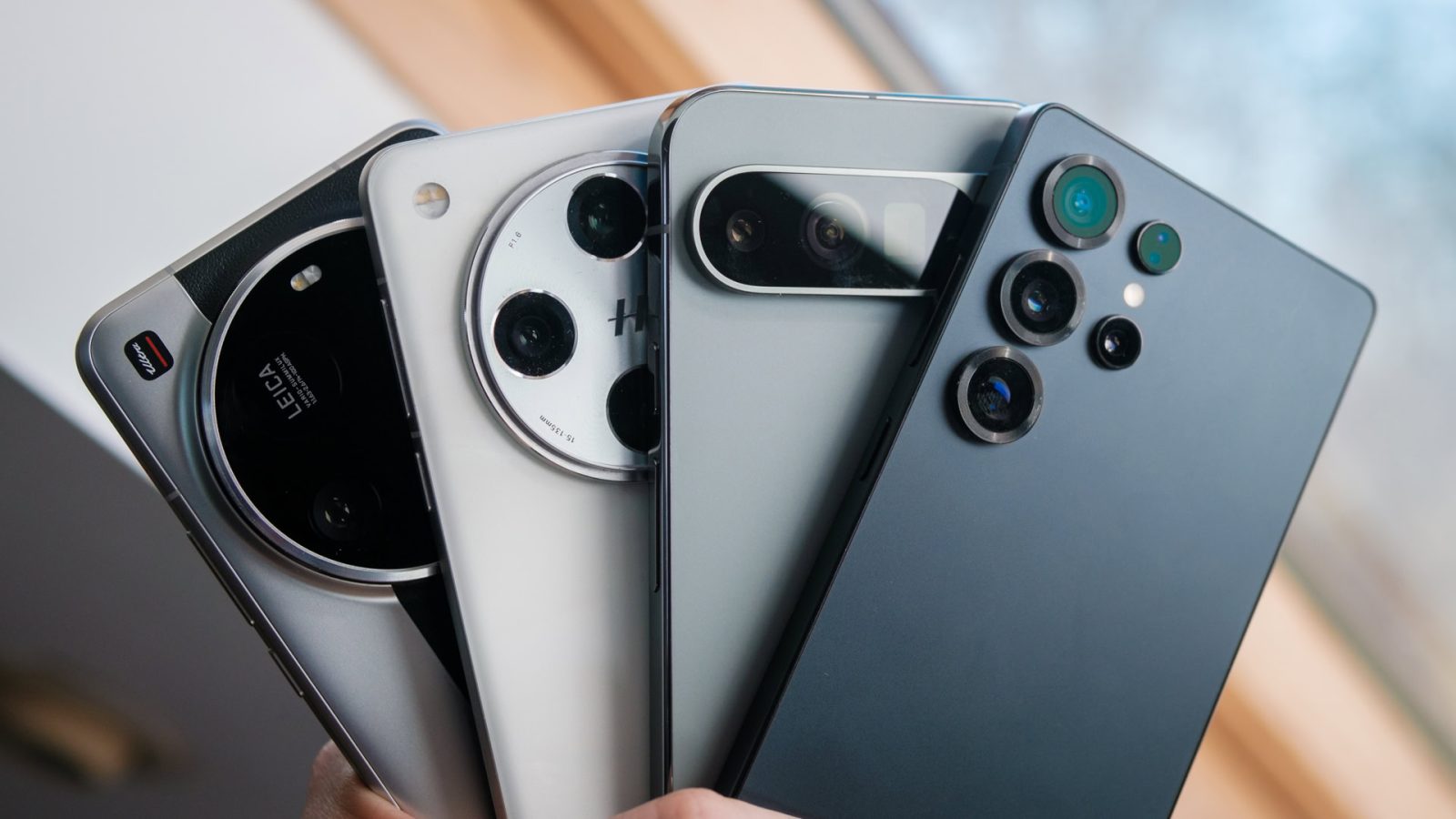
Contents
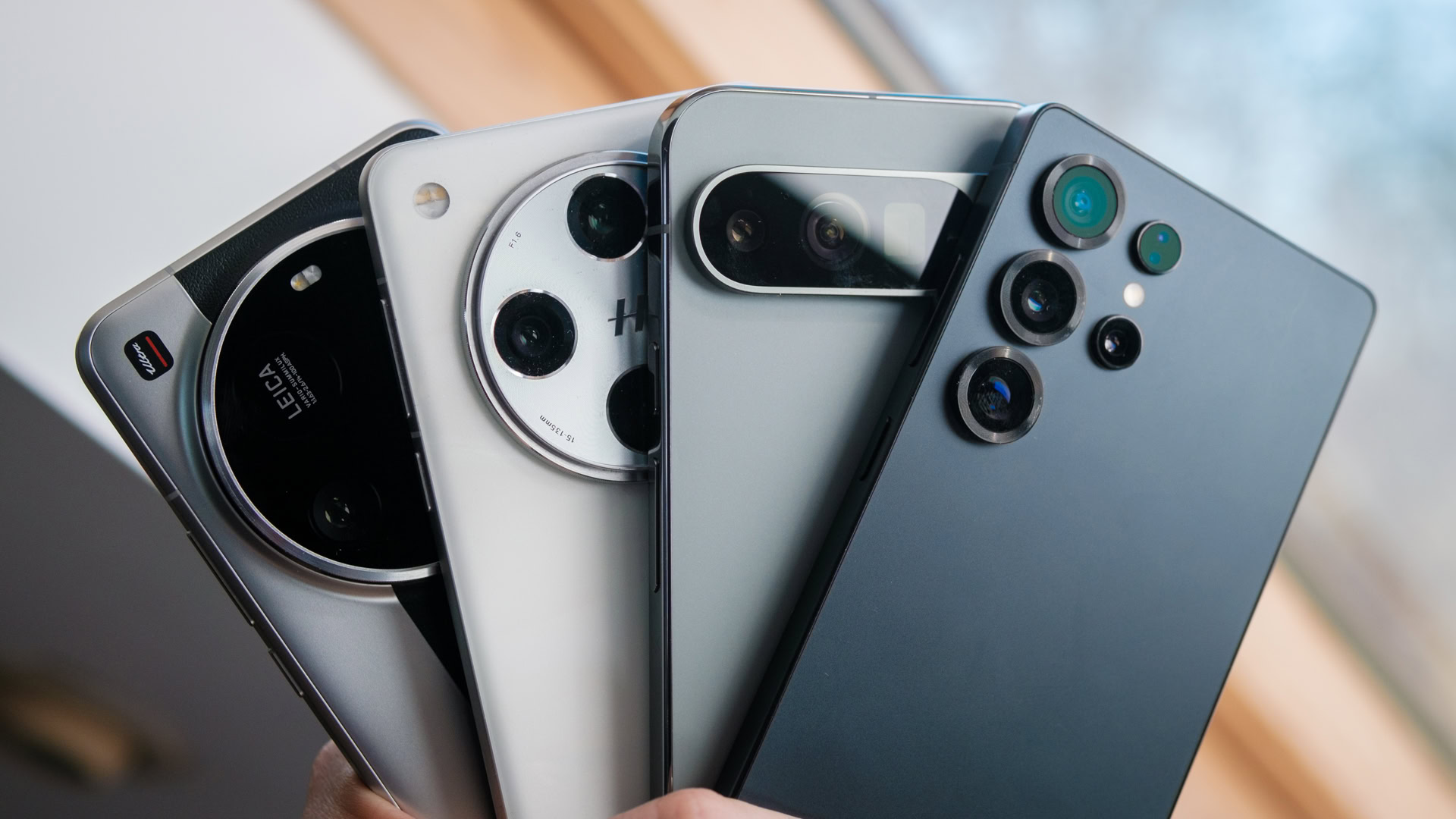
Robert Triggs / Android Authority
We’re in a golden age for brilliant smartphone cameras, and although you can’t really go wrong with the Google Pixel 9 Pro XL, Samsung Galaxy S25 Ultra, OPPO Find X8 Pro, or Xiaomi 15 Ultra, there’s still plenty to choose between them if you’re looking to take the absolutely best photographs. After looking at the best camera phones for long-range zoom (the Xiaomi 15 Ultra won that, hands down), it’s time to see which of 2025’s powerhouse camera phones is the one to pick for capturing the best-looking pictures of friends and loved ones.
For starters, the serious photographers out there will know that you want somewhere between a 35mm and 70mm lens to capture realistic face shapes for portrait photography. Lower values produce faces that look too narrow, while longer focal lengths “flatten” features, resulting in an overly plump appearance. This appears to lend the Pixel 9 Pro XL as a rather significant disadvantage; it only features a 5x (133mm) periscope lens while the others have dedicated telephoto lenses in the region of 70mm. We’ll have to see if software smarts and brighter lens/sensor combinations can make up the gap.
For today’s shootout, we will look at the phone’s portrait modes, complete with bokeh effect, but we’ll forgo any additional filters, lighting adjustments, etc. For consistency, I will take portrait photos at 3x from all four phones.
Portrait photography test
Starting out with some modest indoor lighting, there’s not a whole lot to say that any of these portraits are massively better or worse than one another. At least not at a casual glance. Exposure and skin tones are pretty good all around, there’s a subtle bokeh blur even with the relatively short distance to the background.
However, there are clear differences in white balance (the Xiaomi 15 Ultra is too warm) and vibrancy (the Galaxy S25 Ultra is rather washed out). Regarding fine details, the Pixel 9 Pro XL looks really clean at full resolution, but crop to 100% and it suffers due to its lack of optical zoom. Still, it has the most balanced exposure, while OPPO and Xiaomi opt for more contrast — a look I actually prefer. Still, face shape is wider than the S25 Ultra, suggesting that it’s pulling some information from its 5x lens or that Samsung isn’t using the telephoto natively here. Speaking of Samsung, the S25 Ultra is certainly the most drab-looking of the bunch, though that’s not strictly a negative if you’re going for accuracy.
We need some trickier outdoor lighting to really tell these phones apart, and the next shot provides just that. Once again, all four phones produce results that would look great on social media, but take a closer look at the fine details and the results, and there’s much more to see.
Despite its soft natural details, the Xiaomi 15 Ultra again opts for a much higher contrast ratio, resulting in overly dark shadows that obscure our subject. This time, the effect is too strong for my tastes. The OPPO Find X8 Pro does much better here, capturing the shadow while retaining great highlight exposure. It’s also the phone with the most natural details, showing no signs of oversharpening or noise. It’s my pick for this outdoor scene.
Neither the Pixel nor the Galaxy is brilliant on closer inspection, but neither are they particularly bad. Google’s flagship has skewed the skin tones far too warm, while Samsung’s portrait is again rather washed out. The S25 Ultra’s HDR effect is great at evening out the light and shadow, but I think the effect is too strong, sucking the vibrancy out of the scene. Fine details are also a little too heavily denoised, producing some minor smudging. Not that you’d notice at full frame. The Pixel is the only phone with major bokeh blur edge detection issues in this shot. Once again, the lack of a dedicated portrait camera hurts the level of detail, resulting in an oversharpened, artificial look that undoubtedly sets it back from the competition.
Finally, what about portraits in much lower light?
The worst effort here comes from the Galaxy S25 Ultra, which is not only washed out but also full of noise, making picking out fine details impossible. The other three look pretty good at full frame, but crop in and you’ll spot some major differences.
The Google Pixel 9 Pro XL and Xiaomi 15 Ultra are also rather noisy, but that’s expected given the lack of light and they disguise this reasonably well. Xiaomi sharpens up details just enough to pick out individual hairs without too many artifacts, though its skin tones are again too warm. The Pixel is softer and lacks more minor details, and there are bokeh edge detection issues once again. However, its exposure remains robust, as does the white balance. Again, though, Google’s skin tone is far too pink.
By comparison, the OPPO Find X8 Pro barely even gives away that this was shot with very little light. There’s no obvious noise, plenty of fine hair and skin texture details, and a slot level of contrast and accurate skin tones. It’s absolutely nailed it.
At the end of our portrait sections, we can split our phones into two distinct categories. The OPPO Find X8 Pro and Xiaomi 15 Ultra offer superior details and more moody portrait flavors, while the Pixel and Galaxy aim for more even exposure and lower contrast, but also offer the lowest level of detail.
Is Samsung shutter lag an issue?
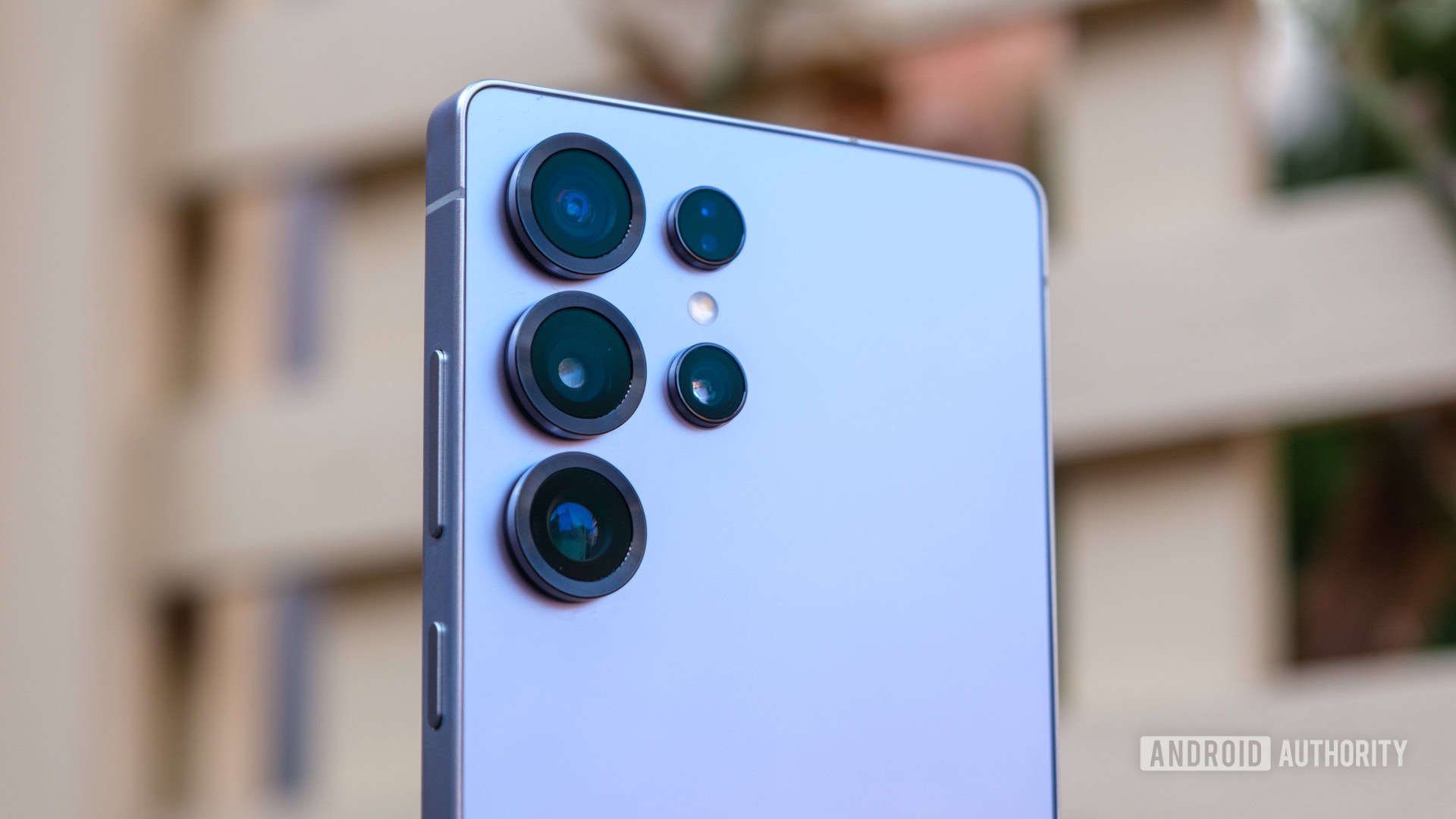
Ryan Haines / Android Authority
When it comes to capturing pictures of quick-moving little ones and pets, Samsung’s flagships have been plagued with shutter lag for several generations. In other words, when you press the shutter, a slight delay means that you either miss the action or end up with a blurry shot that’s no good. Unfortunately, the Galaxy S25 Ultra still suffers from shutter lag.
Annecodally, picking out the exact scenarios when this is and isn’t a Samsung-specific issue is tricky; all phones will exhibit similar results to shutter lag when shooting with longer shutter times in lower light, for instance. In addition, the smaller telephoto sensors used for portraits are even more susceptible to longer shutter times than the larger main sensors on these cameras. But as you can see in our low-light shot above, the Galaxy S25 Ultra isn’t blurry.
Galaxy S25 Ultra shutter lag can make capturing action portraits more difficult.
I tested Samsung’s telephoto lens quite thoroughly to see if shutter lag is still an issue, and my findings mostly coincide with our initial options of Galaxy S25 Ultra shutter lag; it’s better than in recent years but still worse than other phones. While the other three phones took reasonably crisp shots of moderate motion, the Galaxy S25 Ultra is more prone to delay and blurring. However, I wouldn’t say it’s noticeable enough to ruin the experience for most family portraits, and several of the images I took turned out just as good as on other phones.
What about selfies?
While portrait modes benefit from the more powerful rear cameras in these flagship smartphones, a lot of the time, we’re still trying to squeeze everyone in for a selfie with the front-facing camera. I don’t put too much stock in ultrawide field of views because of the distortion of the level of face and perspective. But if you really want to fit the maximum number of people into the frame, the Pixel 9 Pro XL and Find X8 Pro have the widest field of view (and narrowest face shapes).
When it comes to taking selfies in bright outdoor lighting, all four phones are pretty good, as you’d expect with these price tags. The Xiaomi 15 Ultra is perhaps the weakest here in terms of exposure; it’s brightened the subject a little too much, resulting in low contrast and saturation. The fake bokeh circles are also a bit much. The Pixel 9 Pro XL is better, but I’d also say the skin textures are a little harsh, the white balance too green, and the edge detection has smudged some hairs.
This leaves the Galaxy S25 Ultra and Find X8 Pro as my pick of the two best options here, though again, the differences aren’t huge. Turning the lights down makes it harder for these small selfie cameras and we can see some more meaningful differences here.
This time it’s the Pixel 9 Pro XL with the best white balance and exposure, followed by the Galaxy S25 Ultra. Again, Xiaomi’s selfie is more washed out, and the Find X8 Pro again does a fine job with the overall balance, except for the whites of the walls on this occasion.
Taking a closer look at the level of detail in low light, all four phones clearly struggle compared to broad daylight. The Pixel and Galaxy flagships show the most signs of noise, followed by Xiaomi’s flagship. The Find X8 Pro is perhaps a little heavy on the denoise, but the end result is the cleanest-looking details without all that much light to help out.
Looking across these shots, I’d say the Galaxy S25 Ultra performs the most consistently, with Google and OPPO taking joint third. The Xiaomi 15 Ultra slips to the bottom of the pack when using the front camera.
And the winner is…
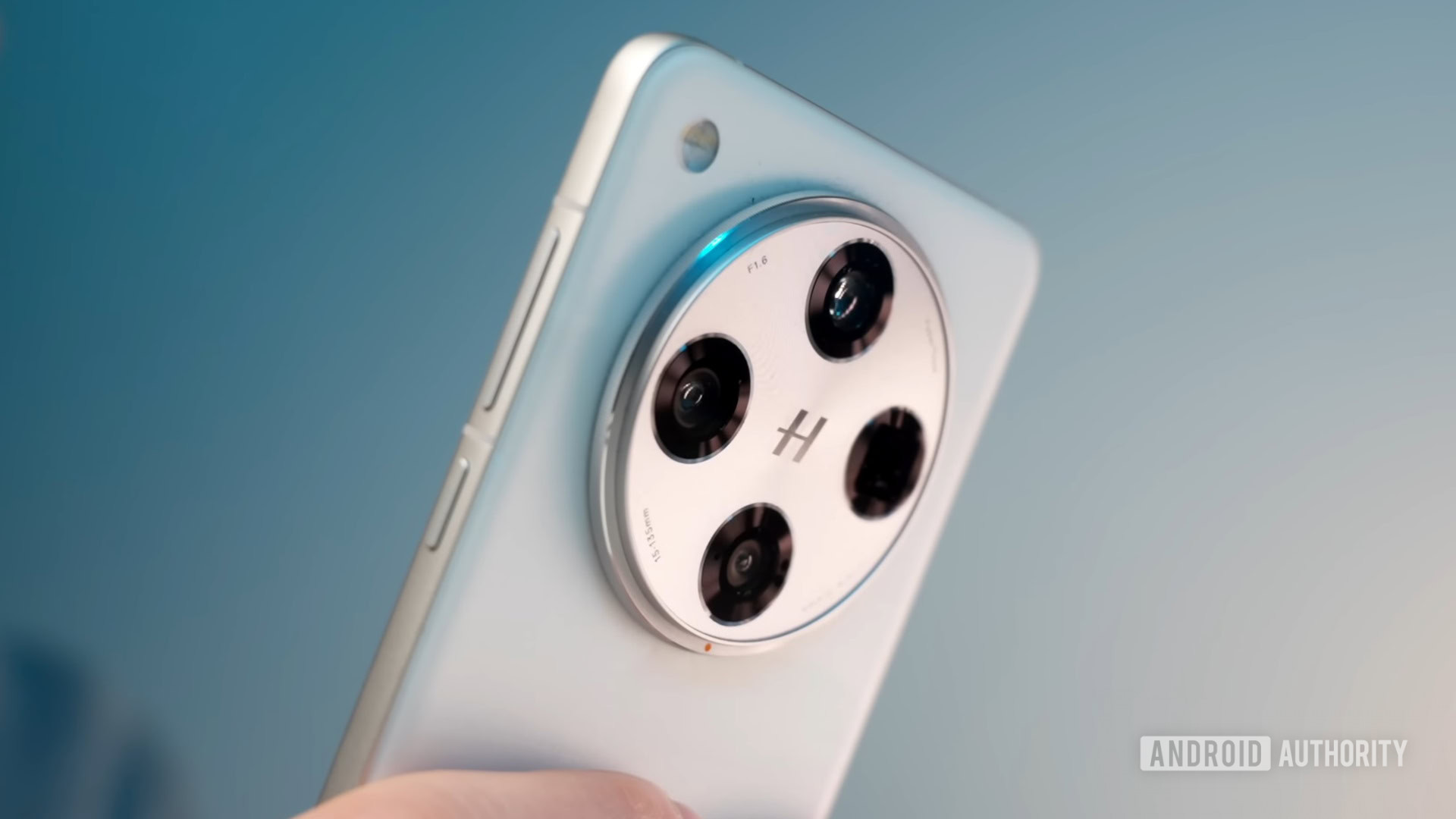
Paul Jones / Android Authority
Overall, all four phones have their merits, but as I have to pick a winner, I prefer the OPPO Find X8 Pro. Mostly because of its more natural-looking details across all lighting conditions, it feels right at home with the quality of my beloved mirrorress. There’s a minor punch to the contrast and vibrancy without it ruining the skin balance or exposure of portraits, and the bokeh blur has a soft, natural look to it as well.
That being said, the Samsung Galaxy S25 Ultra and Pixel 9 Pro XL are not bad picks. If you can get past the occasionally skewed skin tones, the Pixel 9 Pro XL looks good in virtually every situation, whether you’re using the back or selfie cameras, despite its lack of a 3x camera that would be more ideal for portraits. Because of this, however, the phone doesn’t quite hold up well enough to win when taking a closer inspection at the fine details, and it had by far the greatest number of bokeh edge detection and skin tone issues out of the four.
Great detail, solid exposure, and accurate skin tones makes the OPPO Find X8 Pro the portrait camera to beat.
Meanwhile, the Galaxy S25 Ultra takes a conservative approach to its color palette, meaning you’ll seldom be met with a bad picture, even if it’s often a boring one. It is by far the weakest in low light, however, making it less versatile. Still, if you’re a selfie lover in particular, this might be a better pick.
This leaves the Xiaomi 15 Ultra as my least favorite overall, which certainly isn’t how I pictured this shootout going. While the broader camera package is undeniably brilliant, Xiaomi’s choice to lean heavily into high-contrast portraits might add to mood, but it’s less adaptable to a wide range of lighting environments. Likewise, the selfie camera performed poorly regarding white balance, although the phone provides a very good level of detail in virtually all lighting conditions. It’s certainly not bad, but the OPPO is clearly better.
Do you have a favorite from our portrait shootout? Let me know in the comments below.
See price at Amazon
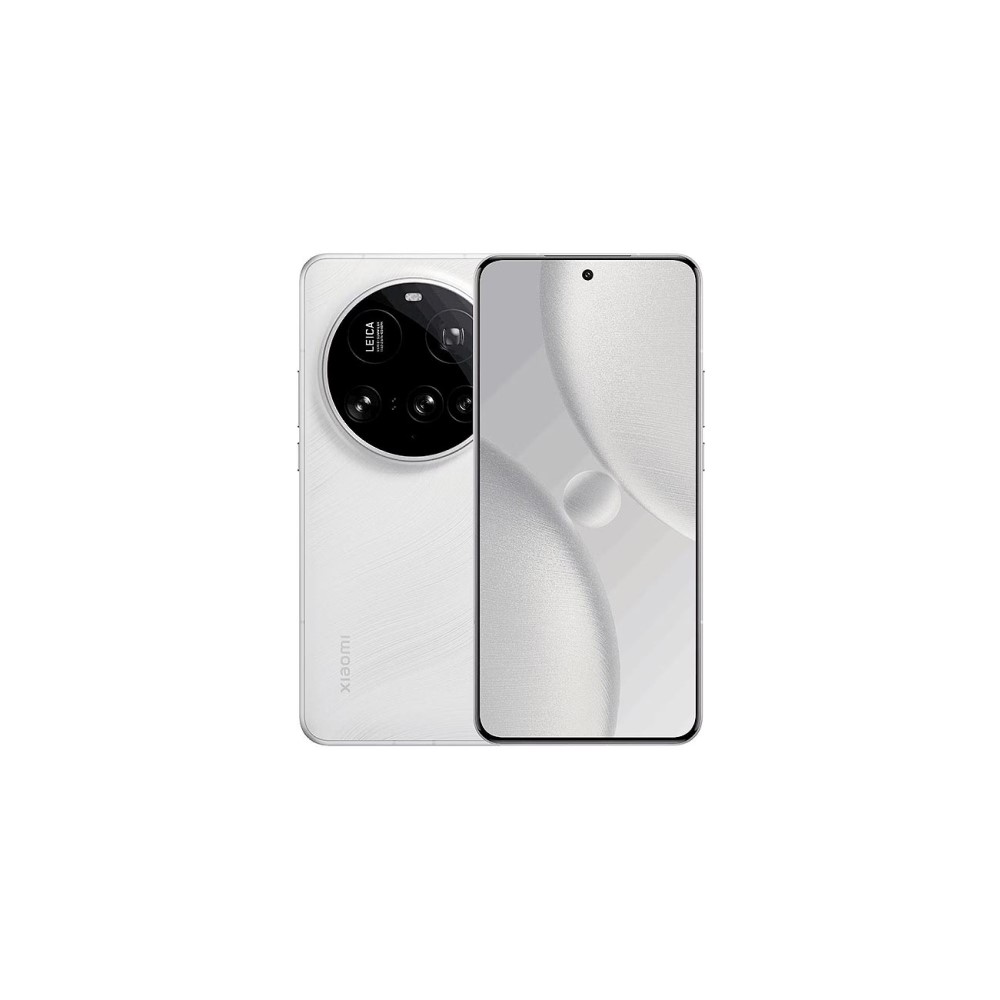
Xiaomi 15 Ultra
Brilliant cameras
Two-day battery life
Fast universal charging
See price at Amazon

Google Pixel 9 Pro XL
The best specs in the Pixel 9 series
Gorgeous display
Seven years of software updates
What’s your reaction?
Love0
Sad0
Happy0
Sleepy0
Angry0
Dead0
Wink0
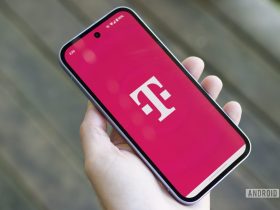

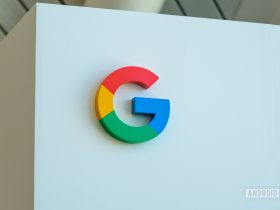
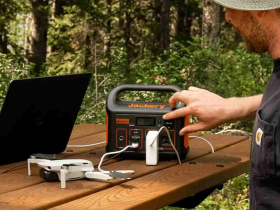


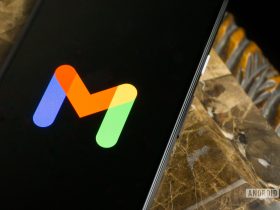
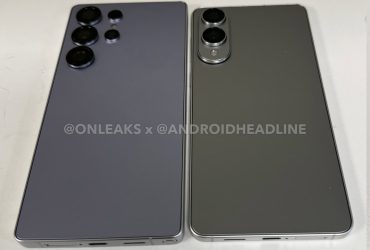
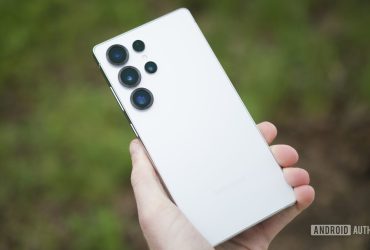
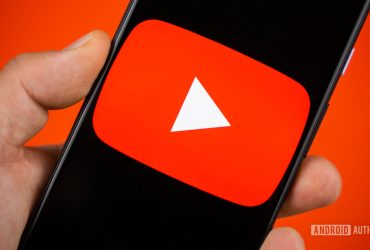
Leave a Reply
View Comments